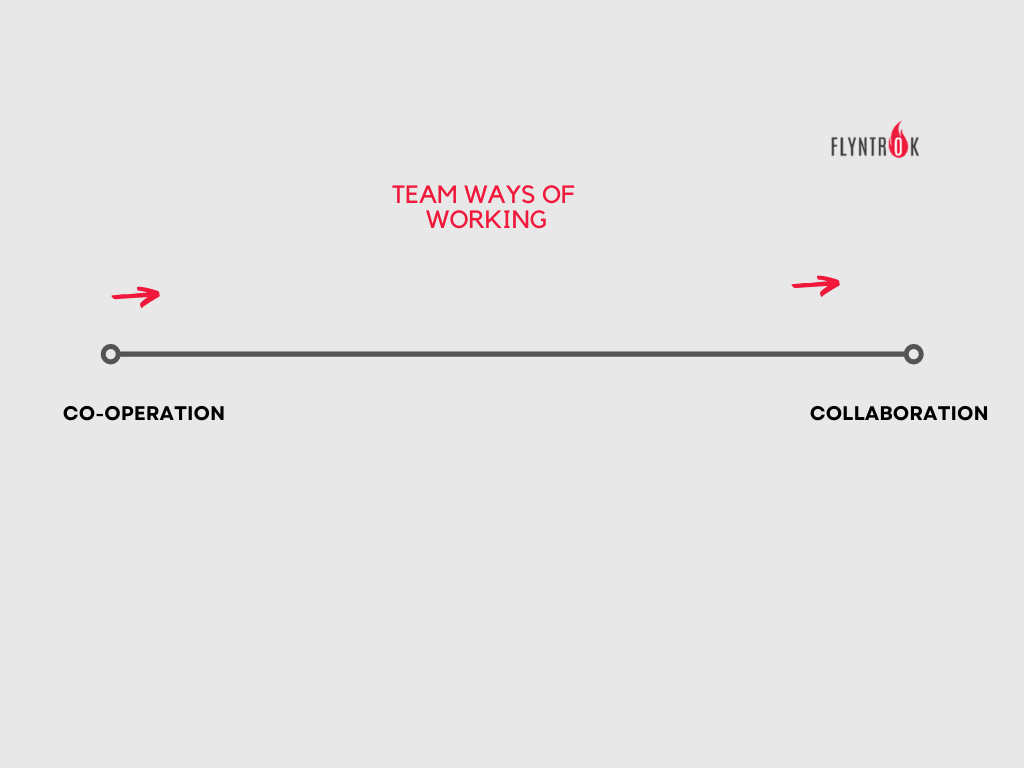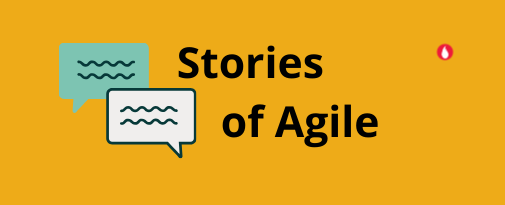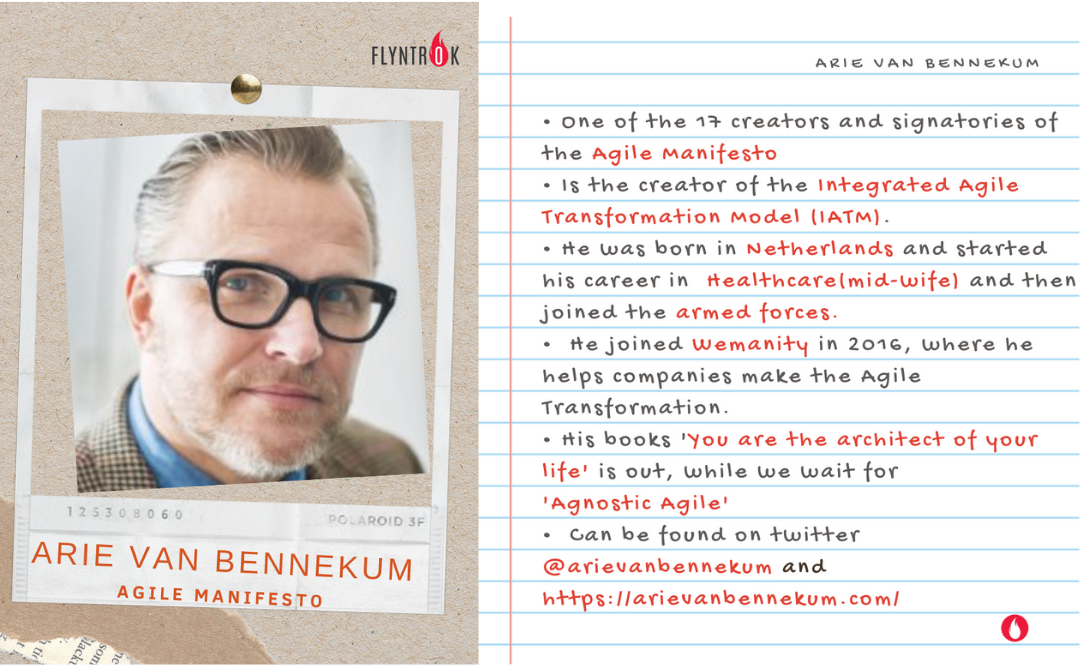
Have you heard the story of John F Kennedy’s visit to NASA in 1962? NASA was preparing to launch Apollo 11 to the moon. It is said, John F Kennedy had a conversation with the janitor at NASA and asked him about his work. The Janitor replied “I’m helping to put a man on the moon”. This is an example of how alignment between individual and team goals leads to collaboration and high morale. In this edition of the Agile OWL, we explore how Agile gives us the framework to achieve collaboration through team goals.
Current challenges with goals
Organisations today are faced with two peculiar challenges when they set goals for employees. One, they struggle with connecting an individual’s goals to the organisational outcomes. Only 14% employees understand the org goals (from the book Performance Management: Putting Research Into Action). Thereby causing low morale and disengagement amongst employees.
Second, they struggle to harness the full power of the team, by not setting or getting team goals right. This leads at best to co-operation that leads to good outcomes. As against collaboration that could far surpass tall asks.
Teams and goals
Teams today are an integral lever to achieving organisational objectives. The way teams work together determine the outcomes they create for themselves and the organisation. This working together falls within the spectrum with co-operation and collaboration at either ends. How can more teams collaborate rather than merely paying lip service to team work?. Depending on the factors mentioned below teams rest at different points on this spectrum, with only a few teams truly collaborating with each other.

Many factors are necessary to move teams from co-operation towards collaboration. The level of trust between team members, trust between the management and teams. Clarity of goals, availability of skills and resources, among others. Research has shown that collaboration is enhanced when
- Teams have clearly articulated joint goals. The emphasis word there is ‘joint’.
- Autonomy in the goal setting process. When teams enjoy autonomy in setting their goals there are greater chances of those goals being better owned and completed. Teams setting their own goals is also critical because it reflects what the team believes it can achieve. Most organisations struggle with this as senior levels of hierarchy see this as ceding control and not as enabling teams to function better.
This is a sweet spot for Agile methodologies as they help weave in the best practices, research on collaboration and goal setting, into practical ways of working for teams.

Agile Stories
The Agile methodology recommends that the management sets the broad objectives for the company. Each team then sets its own objectives to meet the common organisational goal.
What will the team do to help achieve the organisational goal? This step of self-determination of goals by the team creates commitment towards the outcomes.
Once the team decides what outcomes they will work towards and break it down into smaller chunks (sprints). The individual team members draw up their own individual plans to align with the team’s objectives. This helps the individual see how his/her efforts are leading to organisational outcomes. Without this step many a times, the individual struggles to connect their work to the lofty org goals. Thereby leading to mis-alignment and low morale.
The last bit, which many teams and leaders miss is the reflecting on the actions and learning from them. With Agile methodologies, this reflection is woven into daily work. As we explored in the last edition, it helps make feedback part and parcel to the flow of work. This coming together to generate feedback on how the team and individuals can improve, is priceless for achieving collaboration and other outcomes.
Agile and Goal Setting
Agile brings to goal setting two distinct advantages. One it gives complete freedom to the top management to set the broad objectives for the company, in the manner they deem fit. Second, it translates the high-level objectives into relatable and self-determined milestones for teams. This crucial step drives high performance in the teams – aided by collaboration. Much of what every organisation seeks today.

From social media:
- Agile doesn’t work without psychological safety. We completely agree. This HBR piece is a must read.
- 53 ways you could be sabotaging the product owner in your team. Do scroll through to check.
From the Agile world:

From the bookshelf:
- Most Agile teams swear by OKR’s as a way to set direction and goals. Created by Andy Grove in Intel, it is used by many major companies across the world. Our recommendation from the bookshelf this week is ‘Succeeding with OKR’s in Agile’
From the tool box:
- DACI : A Decision Making matrix is what we offer this edition from the toolbox. Here are the details.
#AgileQuotes to sign off:

Note : This post is Edition 40 of the Agile OWL from the OWL umbrella. The Agile OWL is a newsletter focused on the human experiences and stories within agile transformations. Sign up to receive the newsletter here







